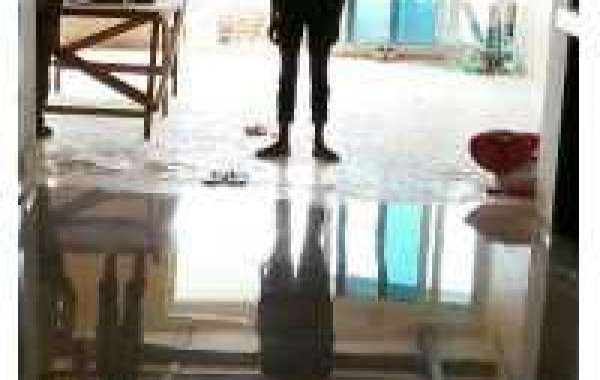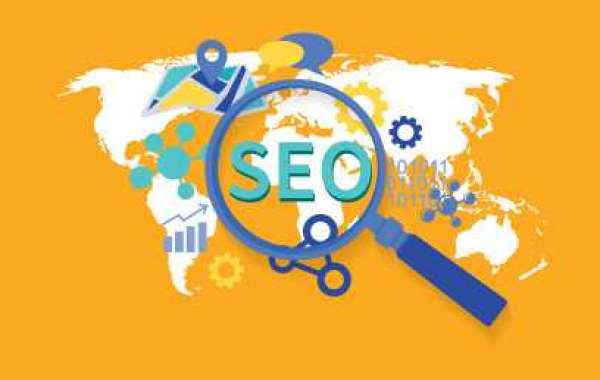Life Cycle Assessment (LCA) is a systematic process used to evaluate the environmental impacts associated with all stages of a product's life cycle. It examines the inputs and outputs in the manufacturing, use, and disposal phases of a product, considering aspects such as energy consumption, raw material usage, waste production, and emissions to the environment. The goal of LCA is to provide businesses with data-driven insights that allow them to make more sustainable decisions regarding product design, production processes, and waste management.
LCA typically follows a cradle-to-grave approach, which evaluates the environmental impact from the extraction of raw materials (cradle) through the product’s use and eventual disposal or recycling (grave). However, variations like cradle-to-gate (excluding disposal) and cradle-to-cradle (focusing on product reuse or recycling) are also frequently used depending on the context and goals of the analysis.
Why Should Companies Consider LCA?
There are several compelling reasons why businesses should engage with an LCA consultant. By analyzing the life cycle of a product, companies gain insights that can help them make informed decisions, improve product designs, and comply with regulatory standards. Some of the key benefits include:
- Sustainability and Eco-efficiency An LCA helps businesses understand how their products impact the environment and allows them to identify areas for improvement. By recognizing environmental hotspots, companies can optimize production processes, reduce waste, and shift toward more sustainable practices.
- Cost Savings LCA enables businesses to identify inefficiencies in the use of resources. Reducing energy consumption, material waste, and optimizing the supply chain can lead to significant cost savings. For example, improving energy efficiency and reducing the reliance on raw materials can not only lower environmental impact but also reduce operational expenses.
- Regulatory Compliance Governments worldwide are increasingly setting stringent environmental regulations to curb climate change and promote sustainability. LCA provides businesses with the necessary data to comply with these regulations and avoid potential penalties for non-compliance. In addition, LCA helps organizations keep track of their carbon footprint and align their operations with national and international sustainability targets.
- Market Differentiation and Brand Image As consumers become more environmentally conscious, businesses that prioritize sustainability are seen in a positive light. Companies that engage in LCA and implement sustainable practices are able to differentiate themselves in the market, attract environmentally aware customers, and enhance their brand reputation. Green certifications, eco-labels, and sustainability reports based on LCA can be valuable tools in this regard.
- Innovation and Design Optimization One of the most significant outcomes of an LCA is identifying opportunities for innovation. A thorough analysis of a product’s life cycle can reveal potential areas where new materials, processes, or technologies can be implemented to make the product more sustainable. This can inspire product redesigns that reduce environmental impact and create long-term value for the business.
The Process of Life Cycle Assessment
An LCA involves several stages that help companies gather the necessary information to assess the full environmental impact of a product. These stages include:
- Goal and Scope Definition The first step in an LCA is to define the goals of the study and the scope of the analysis. This involves clarifying the purpose of the assessment (e.g., reducing carbon emissions, understanding resource use, etc.), determining the product or process to be analyzed, and setting boundaries for the study (e.g., cradle-to-grave, cradle-to-gate).
- Inventory Analysis In this phase, data is gathered to understand all of the inputs (e.g., energy, raw materials) and outputs (e.g., emissions, waste) of the product’s life cycle. This step often involves collecting data from various departments within an organization, as well as from suppliers, to capture the environmental impact of each stage in the product’s life.
- Impact Assessment The collected data is then used to assess the environmental impacts of the product. This stage involves categorizing the data into environmental impact categories such as global warming potential, ozone depletion, water consumption, and other areas of concern. The impact assessment phase quantifies the potential environmental effects of each stage in the product’s life cycle.
- Interpretation The final phase of an LCA involves interpreting the results of the impact assessment and providing recommendations for improving sustainability. The consultant will analyze the findings to identify areas where environmental impacts can be reduced, either through design changes, process improvements, or supply chain modifications.
Types of LCA
There are different types of LCAs depending on the objectives and the scope of the study. Some of the most common types include:
- Cradle-to-Grave LCA This is the most comprehensive type of LCA, where the product’s entire life cycle is analyzed, including raw material extraction, production, transportation, use, and disposal. This type of LCA provides a complete picture of the environmental impacts associated with a product.
- Cradle-to-Gate LCA This type of LCA focuses on the environmental impacts of a product up to the point where it leaves the factory gate. It does not account for the product’s use or disposal, making it suitable for companies interested in analyzing the manufacturing phase and supply chain impacts.
- Cradle-to-Cradle LCA The cradle-to-cradle approach emphasizes the idea of product life cycles that are regenerative and cyclical. Instead of ending in waste, products designed with this model are made to be reused, recycled, or repurposed. This approach aims to eliminate the concept of waste by creating closed-loop systems that promote sustainability.
- Social Life Cycle Assessment (S-LCA) In addition to environmental impacts, social life cycle assessment takes into account the social and human impacts of a product’s life cycle. This may include factors such as labor conditions, human health, and community welfare, providing a more holistic view of the product’s sustainability.
The Role of an LCA Consultant
An LCA consultant plays a critical role in guiding businesses through the LCA process. These professionals have specialized knowledge and experience in environmental science, sustainability, and life cycle analysis, enabling them to offer tailored solutions that meet the specific needs of each organization. Some of the key responsibilities of an LCA consultant include:
- Data Collection and Analysis: LCA consultants assist in gathering data from various sources, including internal departments, suppliers, and external databases.
- Customization of Methodologies: Depending on the goals and scope of the study, an LCA consultant will help businesses select the appropriate LCA methodology and framework.
- Interpretation and Reporting: LCA consultants provide detailed reports that explain the findings, including recommendations for reducing environmental impacts and improving sustainability performance.
- Strategic Advice: Consultants offer strategic advice on how businesses can use LCA findings to enhance product design, optimize production processes, and develop sustainable marketing strategies.
Conclusion
In conclusion, Life Cycle Assessment (LCA) is an invaluable tool for businesses that are committed to reducing their environmental impact and improving sustainability. By collaborating with an LCA consultant, organizations can gain a comprehensive understanding of their products' environmental footprints, make informed decisions, and implement strategies that reduce their impact across all stages of a product's life cycle. As businesses increasingly prioritize sustainability, LCA will continue to play a vital role in helping them meet their environmental goals and stay competitive in an eco-conscious marketplace.










